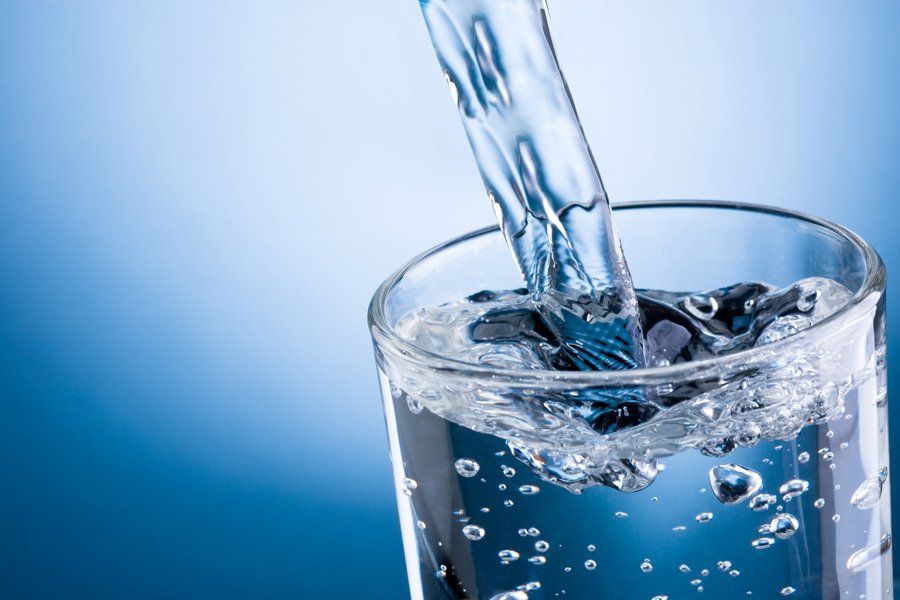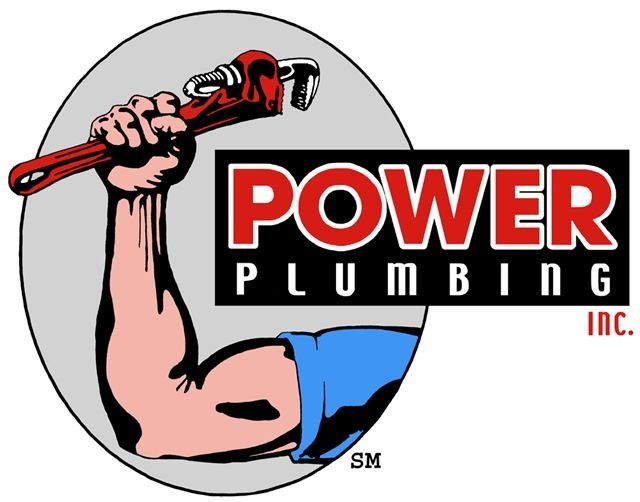A Homeowner's Guide to Water Purification

Hard water is an issue in many central Californian homes. To prevent hard water in your home, consider a whole house water purifier. Learn more about the signs of hard water and how to treat it.
Signs of Hard Water
Contaminants in the water can typically only be found through testing, but you can verify that the water is hard with just a few simple observations around the house.
Scale Buildup
The most obvious symptom of hard water is the buildup of scale around plumbing fixtures. Scale is typically white-ish, but it may also be light orange, brown, or yellow depending on the minerals present. The residue tends to build up around faucets and taps, on shower walls or glass, or around any hoses or water outlets in and around the home.
Scale isn't just ugly. It can affect appliances and shorten their working life. For example, scale buildup in hoses and pipes reduces their capacity until eventually they clog. Scale also builds up inside hot water heaters. Appliances like coffee pots, washing machines, and dishwashers can all be affected.
Laundry Issues
The minerals that cause hard water can also affect your laundry. Yellow or brown-ish stains are common. These stains are caused by the minerals in the water, such as iron. Clothing may also not seem clean, since hard water is not as effective at rinsing out detergents. Fabric softeners also do not function as well in hard water.
Health Symptoms
For some people, the extra minerals in hard water can lead to physical discomfort. The residue left behind on the skin can be drying, so skin irritation and itching is a common complaint in areas with hard water. The minerals also don't rinse out of the hair well, so your hair may feel dry, rough, or even sticky after a shower.
Types of Treatment Systems
A whole house water treatment system is the best choice, since this ensures that both your drinking water and the water you use to bathe and run your appliances is free of contaminants and extra minerals.
Ion Exchange Filtration
An ion exchange system actually switches salt ions for impurity ions, most notably calcium and magnesium, so that the water is softer. The water is treated as it comes into the house and passes through a salt tank.
Ion exchange systems mainly only remove minerals; they are not suitable for removing other toxins (though some models will remove radium and barium). You must also periodically refill the salt tank.
Reverse Osmosis System
Reverse osmosis systems are true filtration systems. Water is forced through a membrane that removes the larger molecules of most hard minerals and many contaminants.
These systems remove hard minerals, including sodium, as well as some pesticides, petrochemicals, and other toxins. A reverse osmosis system is limited to what it can remove due to the size of the opening in the filter, so it's important to verify that the system can remove the contaminants you are most worried about.
Distillation Units
Distillation units use heat to separate contaminants from the water molecules. Since water has a lower boiling point than many contaminants and minerals, the resulting water vapor is much cleaner.
These units can remove salts, nitrates, and other dissolved hard minerals. Distillation systems are also capable of killing bacteria and removing some heavy metals and radionuclides. Certain solvents, pesticides, and organic chemicals cannot be removed with distillation, so it's vital to check the limitations before investing in a distillation unit.
ContactPower Plumbing Inc. to






